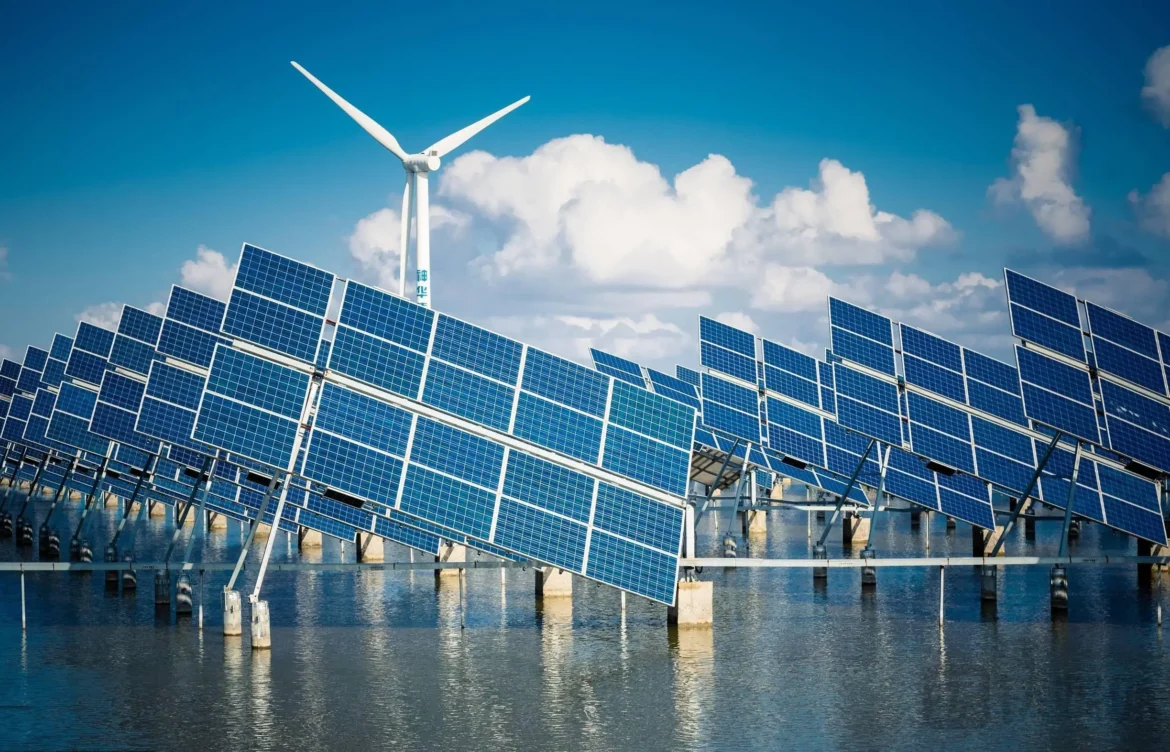
3,521% Tariff Marks Sharp Escalation in U.S.–China Trade Tensions Over Solar Panels
The U.S. Commerce Department’s decision to impose tariffs as high as 3,521% on solar panel imports from Cambodia, Vietnam, Malaysia, and Thailand is more than a regulatory action—it is a bold statement in the ongoing trade chess match with China. While the stated reason is to counter tariff circumvention and state-subsidized dumping by Chinese companies using Southeast Asia as a backdoor, the broader implications run much deeper.
This move effectively targets China’s dominance in the global solar supply chain without directly saying so. Chinese companies have long utilized regional manufacturing bases to skirt existing anti-dumping duties. By tightening the noose around this workaround, the U.S. is attempting to both reassert trade rule enforcement and stimulate domestic solar production.
But the cost could be high.
America’s clean energy transition may suffer a serious setback. Roughly three-quarters of U.S. solar panel imports come from the four affected nations. Developers and utilities, already grappling with rising interest rates and project delays, now face the prospect of dramatic price increases, threatening the momentum of solar adoption.
At the same time, this could create a golden opportunity for U.S. solar manufacturers, at least in the short term. Reduced competition could allow them to scale up—if they’re able to respond quickly to demand.
The broader geopolitical implications also cannot be ignored. Trade relations with Southeast Asia could fray, and China may respond with retaliatory measures or further incentivize exports through other channels. It also sends a clear signal ahead of the 2024 U.S. elections: “We’re tough on trade, and we’re defending American industry.”
In the end, while the 3,521% tariff figure grabs headlines, the real story is the delicate balance between climate policy, economic nationalism, and global supply chain realities. Washington is betting big that it can have it all. Time will tell if that bet pays off.
